Welcome to DigiProTips, digital production tips and tricks that enable you to work smarter and not harder!
Let me first caveat this post by saying that these are personal preferences and there are more combinations of lens out there that videographers use together than there are camera bodies to use them with.
However, I have put these three lenses together after years of working on commercial content with a variety of cameras and lenses. After trying many different combinations these are the ones that served me the best time and time again.
As it’s nearly sales season why not try to find some of these lenses below in my top picks for Black Friday and Cyber Monday deals.
Watch the Video
Who Are These Lenses For?
Primarily videographers and to go even further, it is probably going to be videographers working on commercial, corporate or branded content for an agency or production company.
However, if you are starting out in the world of freelance videography then this could also be a useful article for you too.
For already well established freelance videographers this could be an interesting article for you but I am going to assume you already have your trusted lenses you go to every single time.
Why do we Need Three?
Well, we don’t really.
If you are going out to shoot casually or with a slim kit then this is definitely overkill and there are some one or two lens combos that could get you by absolutely fine.
However, if you are going for high-end, multiple perspectives, angles, diverse shooting scenarios and like to have options in your arsenal for every shoot then this is what I believe you should have in your kit bag.
You will ultimately end up with the upper hand over your competition with this setup too.
Now, it’s important to first determine what type of sensor and mount your camera has or uses because that will impact not only the type of lens you can use with it but also the framing that you will get from that lens too.
You see a 50mm lens on a full frame camera is a very iconic look but if you put that lens on a micro four thirds camera with an adapter then you will get a 100mm shot due to the 2x crop factor. If you out that lens on an APS-C sensor camera then you would get an 80mm shot due to the 1.6x crop factor.
So the lenses I’m mentioning here are with full frame in mind and you may want to differ your choice depending on the camera body you have to hand and do some backwards calculations.
We’re going to be looking at wide, mid and long range lenses but all are zoom lenses as this will give you the most flexibility and cover the biggest focal lengths. With these three lenses you will have a working focal distance of 18-200mm. That’s a huge range to work with for any videographer!
The Wide Lens of Choice
Starting with the widest lens, we want to find the sweet spot between getting sufficiently wide at the bottom end that you can get everything you want to cover in the shot but not too wide that it starts to become a bit fish eye.
I used to shoot A LOT of talking head and multiple people shoots for branded content and podcasts so having a wide lens that could capture all of the people talking in one shot was a necessity.
I found the sweet spot to be around 14-16mm, any wider and you definitely get that fish eye creeping in.
To be honest even at 14mm you would find that at the edges.
You then want to be able to zoom a decent enough amount that it covers or creeps up to a mid-length shot.
You never know the dimensions of the environment you might be shooting in one day to the next and so you need flexibility.
Anything from 24-35mm is usually a good distance on a wide zoom lens.
I also used to use cameras that predominantly had an EF mount so I have historically used the 16-35mm Canon L-series f2.8 USM lens as a standard, predictable and quality wide lens.
But at around $2000 for this lens it does feel a little steep.
Wide-angle zoom 16-35mm lens is compatible with full-frame Canon EF-mount DSLRs, as well as APS-C-sized models where it will provide a 25.6-56mm equivalent focal length range. Constant f/2.8 maximum aperture offers consistent performance and excellent light transmission throughout the zoom range.
Of course with the new EOS R series of bodies we’ve moved into RF mount lenses and the RF 15-35mm f/2.8 L-series is a fantastic lens but again it is $2000.
Wide-angle zoom lens is designed for use with full-frame Canon RF-mount mirrorless cameras. Constant f/2.8 maximum aperture maintains consistent illumination throughout the zoom range and suits working in available light conditions.
So, for this reason and actually because I feel the glass is incredible, the aperture is so wide and the make and feel of the lens is very nice to work with I instead opt for the 18-35mm Sigma f1.8 DC Art HSM Lens which you can get in a variety of lens mount types as well.
This lens is much cheaper, coming in at about $620. The sharpness on this lens is unbelievable for the price point and when compared to the L-series I’d go as far as to say it’s better.
The downside? The Sigma is heavier than the Canon. Coming in at 810g (without the hood) it’s nearly 200g heavier than the L-series at 615g. The lengths of both are pretty much comparable at about 80x120mm. So the only physical factor to consider is the added weight.
When lugging a kit bag around all day this could make a difference but for me it’s still worth the saving for the extra weight.
Example shots:


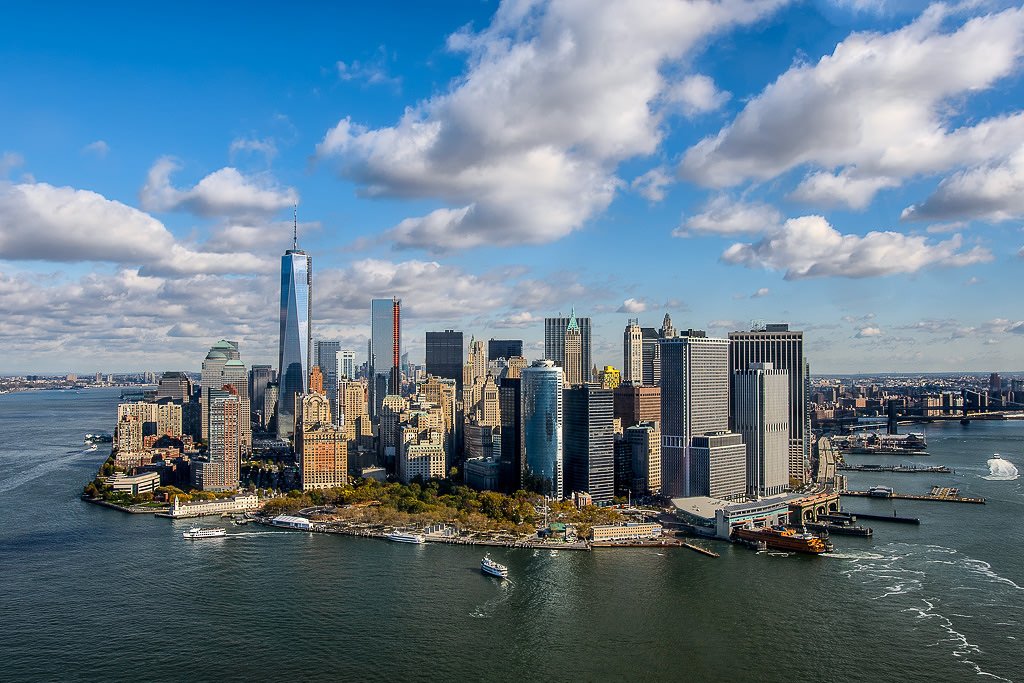
Shot on NIKON D800E & NIKON D5300
©photographylife.com
Distinguished by a uniquely fast and versatile design, the Canon EF-mount Sigma 18-35mm f/1.8 DC HSM is an Art-series zoom, covering wide-angle to normal focal lengths. Separating itself from the pack, this zoom features an exceedingly bright f/1.8 constant maximum aperture, which suits its use in difficult lighting conditions.
The Mid-Range Lens of Choice
And so we move on to our second lens in the lineup.
What we’re looking for here is a workhorse of a lens. This lens will be used so often in so many situations that you really need to make this choice carefully.
There’s a fair few ranges you could go for but what you are trying to achieve is to pick up from where your wide zoom left off and end nearing a close shot focal length.
This could be a 24-105mm, 17-70mm, 18-55mm or pretty much anything that ends between 55-105mm really.
But which to go for? Well that actually comes down to your camera body and lens mount a little bit as not all lens makers make all of those ranges.

So, for me who used to shoot on Canon a lot, I would frequently choose the 24-70mm f2.8 II USM for the superb build quality, excellent handling and great image results.
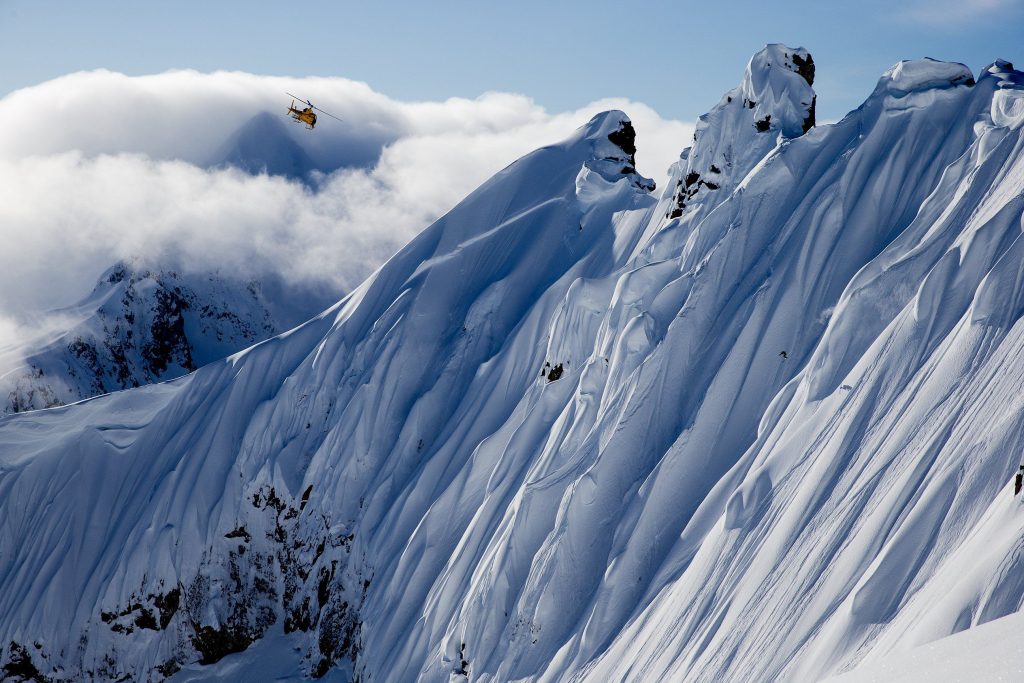


Shot on EOS 1D X MkII & 5DS
©Canon
At $1600 it’s not cheap but having the ability to go to f2.8 on a mid range zoom lens is not something to take for granted.
Spanning a popular and versatile range of focal lengths, the EF 24-70mm f/2.8L II USM is a Canon L-series zoom commonly thought of as the workhorse of lenses. Ranging from wide-angle to portrait length, this lens is also distinguished by its constant f/2.8 maximum aperture to benefit working in difficult lighting conditions.
There is of course the 24-105mm Canon kit lens that is just a beast of a lens that won’t let you down, offers a great focal range but it does limit you to f4, which in most circumstances is fine but every now and then I did find myself wanting a wider aperture.
The definition of the workhorse lens. An advanced one-lens solution, the EF 24-105mm f/4L IS II USM is a Canon L-series zoom covering wide-angle to short-telephoto focal lengths and featuring a constant f/4 maximum aperture.
For Sony, you really are looking at the Sony FE 24-70mm f/2.8 G Master. It’s a superior lens with a fast aperture and sharpness in spades.

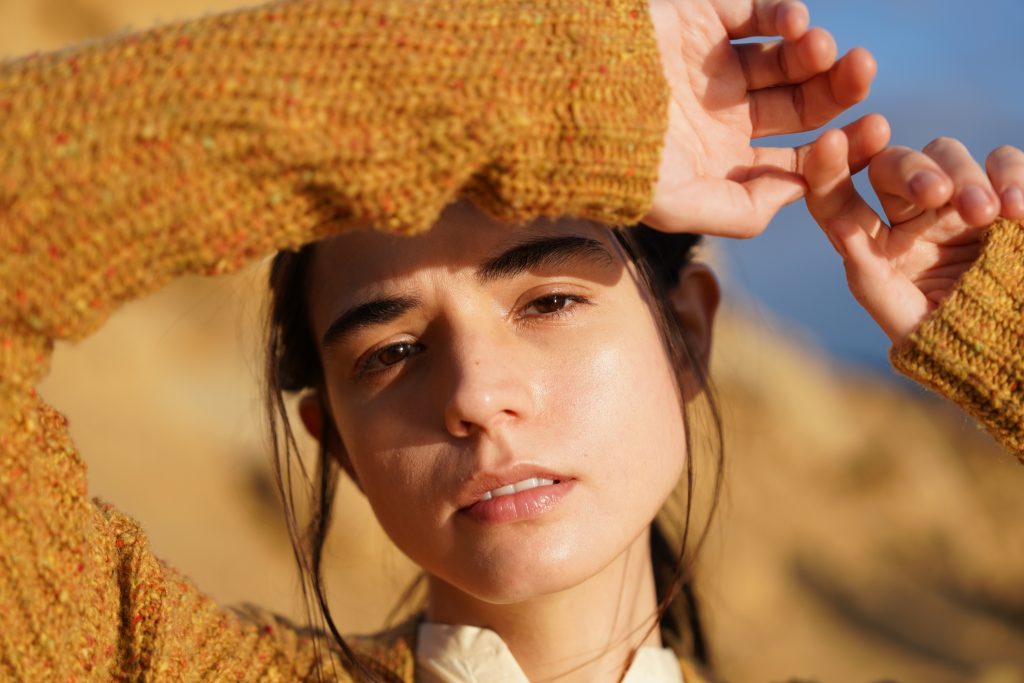

©Sony
But do note it doesn’t have optical stabilisation even at that price.
A refined take on the fast standard zoom, the Sony FE 24-70mm f/2.8 GM II is not only smaller and lighter than the previous generation, it also features a variety of optical, focusing, and handling upgrades, catering to both photo and video applications, that make this the most well-rounded G Master zoom to date.
BUUTTT hold on because coming up from behind is Samsung with an Sony E mount 24-70mm f/2.8 lens that is half the price of Sony’s G Master. Is it as good as Sony’s, the reviews are competitive but the thing that holds it back is it’s weight, it’s size and lack of optical stabilisation as well.
The Sony FE alternative. This 24-70mm f/2.8 AF Zoom Lens for Sony E from Samyang delivers a wide-angle to short-telephoto angle of view and a bright maximum aperture throughout the entire zoom range.
It’s completely true when buying camera equipment that, ‘you get what you pay for’ and, ‘lenses last, body’s don’t’ but there is always a balance and for me that $700 difference in price could be put towards so many other things that could also be extremely useful to have.
The Big Boy, the Long Range Lens
So, onto my third and final lens.
In this category you are looking for a range that covers that final gap, from mid to close to extreme close up. This is usually a 70-200mm focal range but can also be something like 50-300mm, which Tamron like to offer.
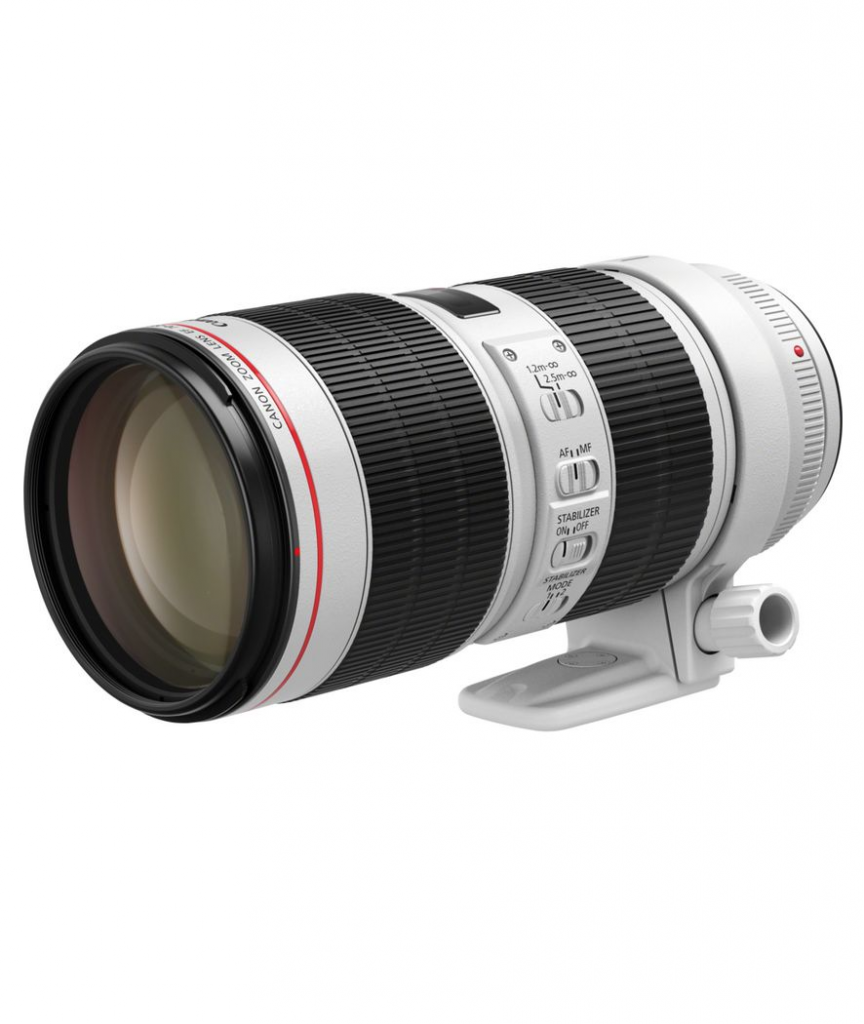



Shot on EOS 5D MkIV
©Canon
Canon have always nailed this focal range in my opinion, their EF lenses for 70-200mm have the most amazing bokeh and were always pin sharp but now the new RF 70-200mm lenses do all of that but with a fraction of the size.
For me, it has to be the RF 70-200mm f2.8L IS USM for a Canon lens. But at a whopping $3,000 it’s quite the investment.
This impressive L-Series lens offers a telephoto zoom focal length for getting closer to faraway subjects. Canon's lightest and shortest 70-200mm f/2.8 lens ever, the RF 70-200mm f/2.8 L IS USM is engineered to make traveling more comfortable, offering a compact and portable design that's easy to pack and carry wherever you go.
For Sony it’s a similar story, the Sony FE 70-200mm f2.8 G Master OSS II Lens is just shy of $3,000 and offers predictability, reliability and durability for Sony camera users. It’s a G Master so your investment in this lens won’t be lost for some time.
Sony's FE 70-200mm f/2.8 GM OSS II takes the classic fast zoom and elevates performance to a whole new level. This lens builds upon the best parts of the original and makes them even better while simultaneously reducing weight by 29%—making this lens the lightest in its class.
What are the other options in this tier?
Well, to be honest not many.
I’ve used and lugged about the Sigma 70-200mm but it is an absolute beast of a lens and you can forget about fitting anything else in your kit bag if you have one. However, the results are very impressive from this lens if want something slightly cheaper. (Half the price of the other two)
Prized for event, portraiture, and sports shooting, the Canon EF-mount Sigma 70-200mm f/2.8 DG OS HSM Sports Lens is a flexible telephoto zoom characterized by its bright and sophisticated design.
When it comes to this end of the telephoto lens spectrum (for prosumer based shooting) then there are far fewer options available and of those there are big differences in price, build, handling and image quality. The top end brands really do tend to dominate this end of the market and usually for good reason.
That doesn’t mean to say don’t think about getting a Sigma or Tamron lens but make sure you do your research first before putting the investment into a higher end lens such as this.
Bonus Option
Ok, so there is actually another trio of lenses you could go for which may make your budget stretch further and still have your adaptability at near it’s peak.
What am I talking about?
Well, what I’m going to suggest is that you could ditch the 24-105mm and go with a trusted nifty fifty (fixed 50mm) instead.
We already have the 18-35mm and 70-200mm ranges covered and the in most cases you’re likely to use the 24-70mm at around 50mm for any stationary or talking head shots anyway. We could there ditch the zoom lens and go with a fixed 50mm.
What are the advantages of doing this?
Well, for starters it’s a whole lot cheaper! Canon EF 50mm f/1.4 USM Lens can be bought for $350 and with an aperture of f1.4 you can get stunning results such as this:
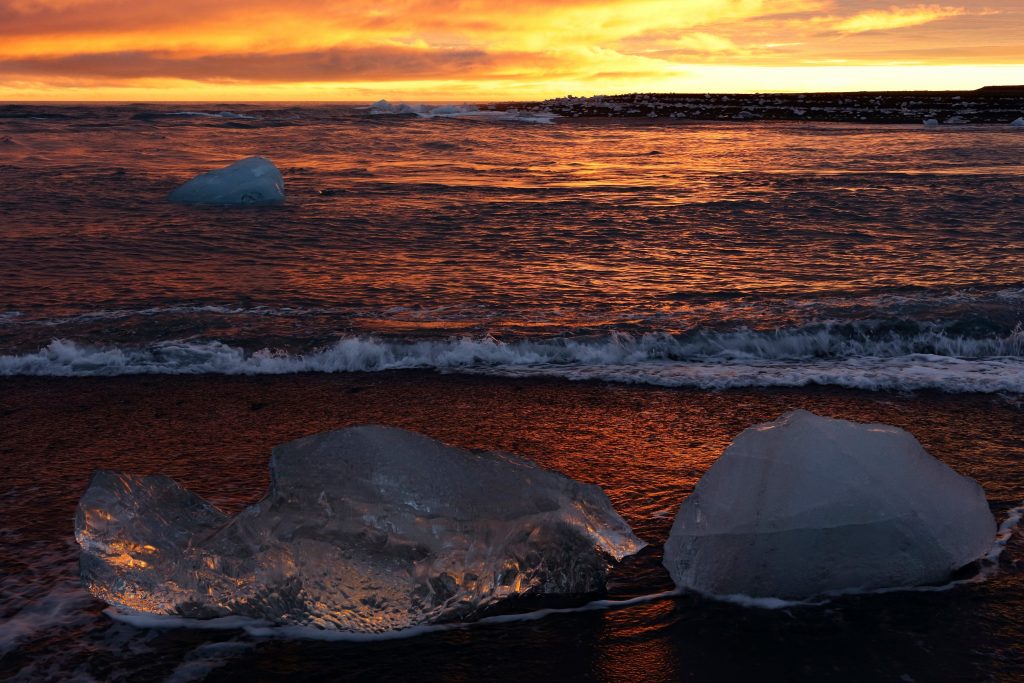
Offering a natural perspective along with a fast maximum aperture, the EF 50mm f/1.4 USM from Canon is a versatile normal-length prime characterized by its bright f/1.4 aperture to suit working in low-light conditions and for producing shallow depth of field imagery.
The Sony FE 50mm f1.8 is also only around $250.
Yes, it’s not a G Master and it’s not got an aperture of f/1.2 like the G Master does but who needs that aperture when working in video at that focal length anyway and do you want to pay ten times the price for the privilege?
A simple, bright, and lightweight normal-length prime, the FE 50mm f/1.8 from Sony is a versatile lens designed for full-frame E-mount mirrorless cameras.
As well as this you’ve also shed a fair bit of weight with these lenses coming in around 200g and only a fraction of the size of the 24-70mm. That’s a whole lot of room in your bag and it drastically reduces the size and weight of the camera when you’re shooting for hours on end.
What are the negatives to doing this?
Well, you obviously lose out on the extended range from 35mm-50mm and 50-70mm. This will mean you will need to move your camera closer or further away to the subject matter to get the shot. That could be a deal breaker for some as it’s far more inconvenient than simply rotating a ring on a lens.
Another aspect is that you lose out on optical image stabilisation as none of the Canon 50mm lenses (even the Canon EF 50mm f/1.2L USM at $1,300 doesn’t have it). So you would need to be confident that your shoot is mostly static or has little movement to be able to get the best out of the lens.
Of course newer camera body’s are coming out with more and more impressive in-camera stabilisation but we would always suggest a tripod for a 50mm shot.
Conclusion
There really is no end of combinations you can go with in your kit bag and the rabbit hole that is lens selection can be overwhelming. For me though having these three lenses (with whatever budget you can stretch to) will be an unbeatable combination out in the field. You will be up against competition that try to run and gun with a one lens or two lens setup but they compromise on beauty for pace and efficiency. Having an option for extended ranges with wide apertures and stabilised lenses should give you results that blow your competition out of the water (as long as you’ve mastered composition and timing).
If your budget can’t stretch that far then the bonus option is still a very good route to go. You won’t be disappointed with the results.
DigiProTips
Find some of the lens categories above and more deals in the Black Friday and Cyber Monday deals this year.
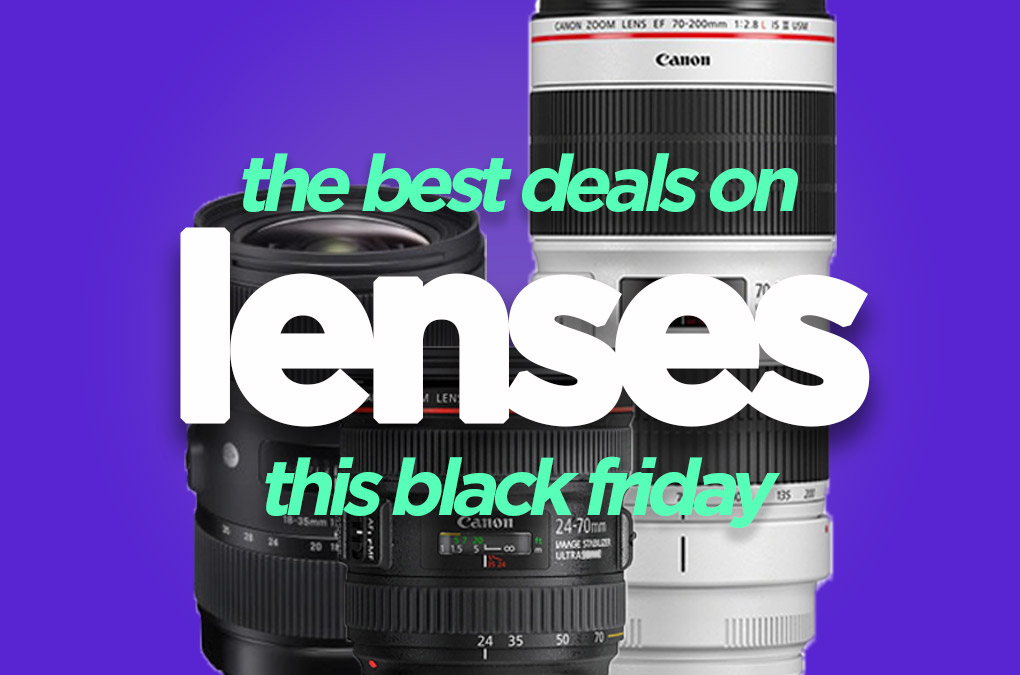
Want to see more from DigiProTips? Check out our article on using your smartphone as a webcam through the power of NDI!



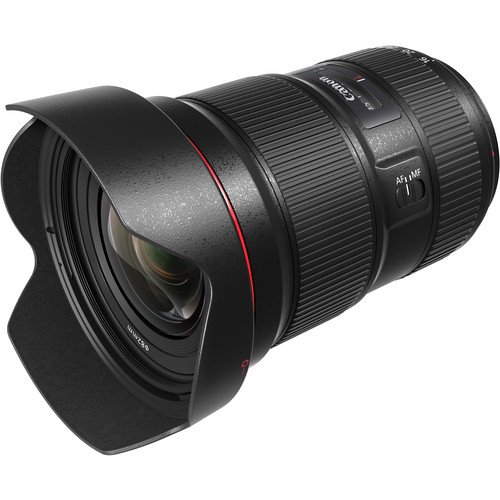
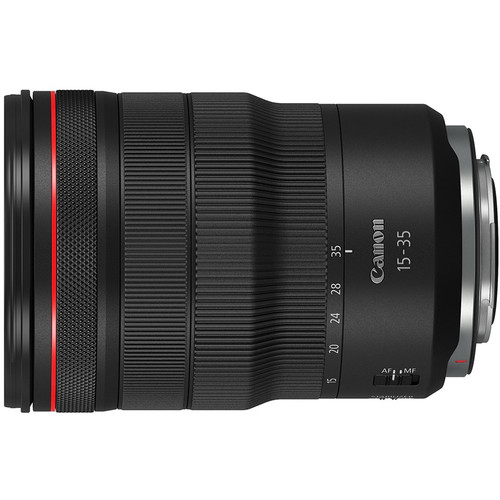
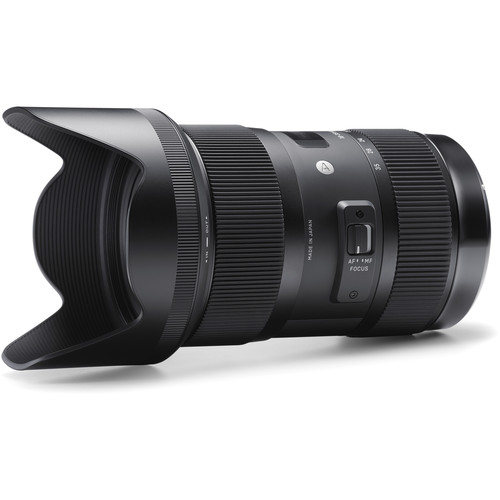
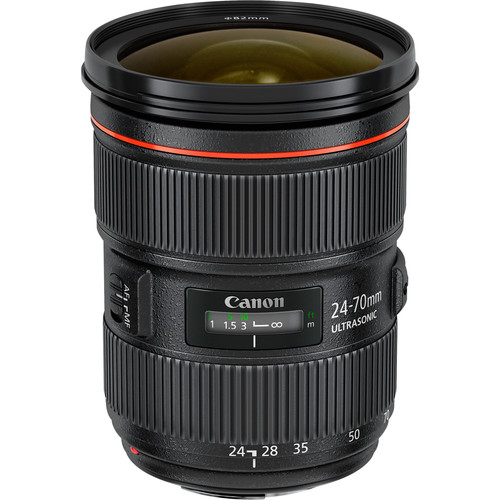
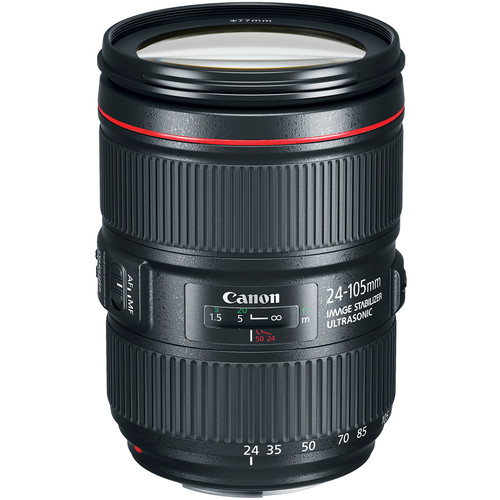
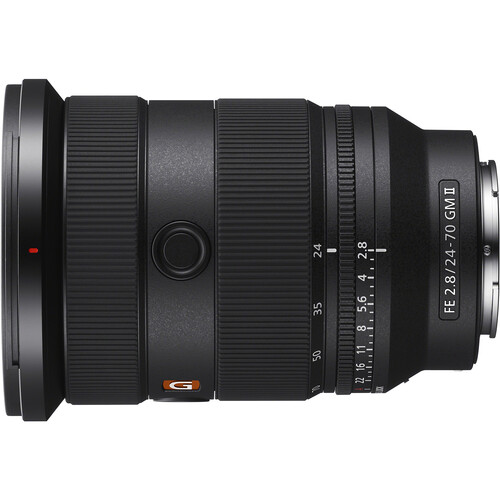

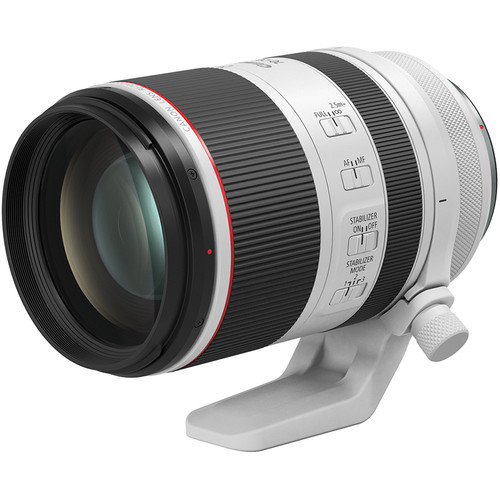

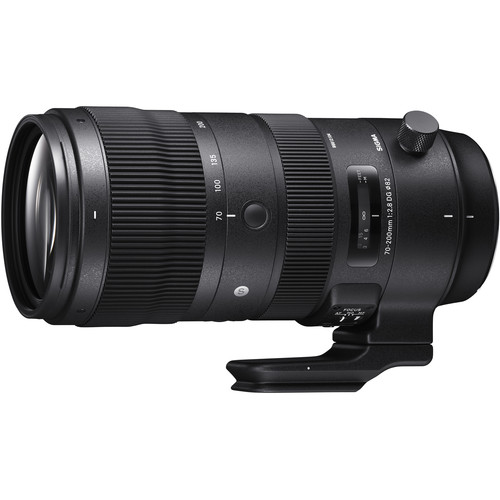
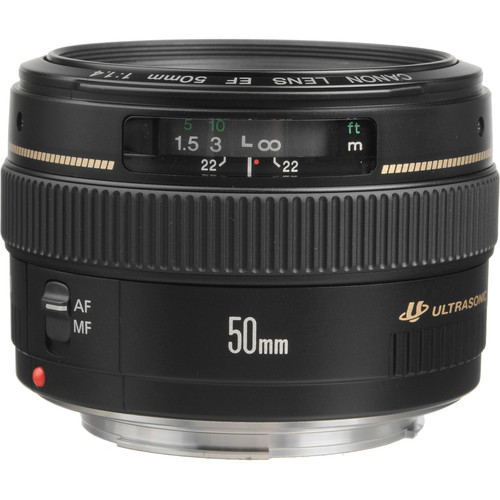
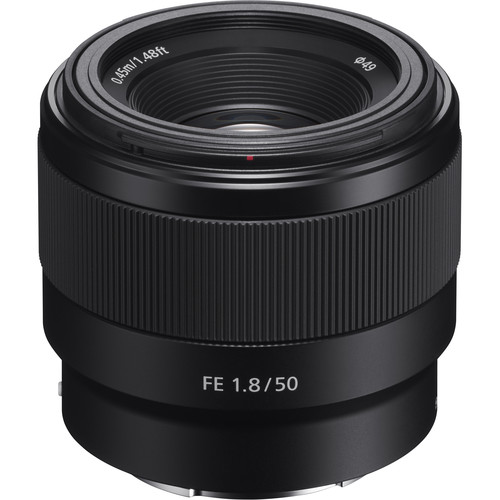
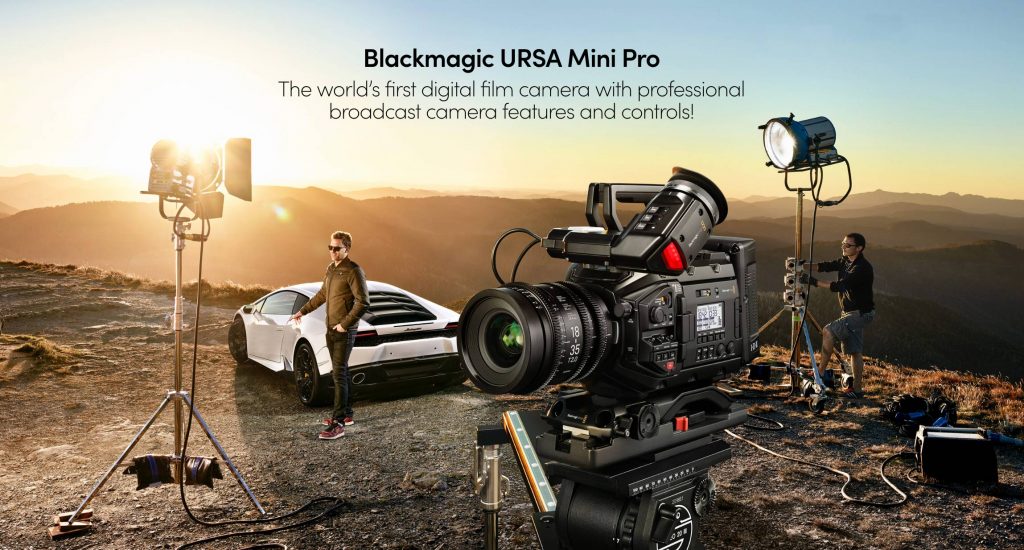
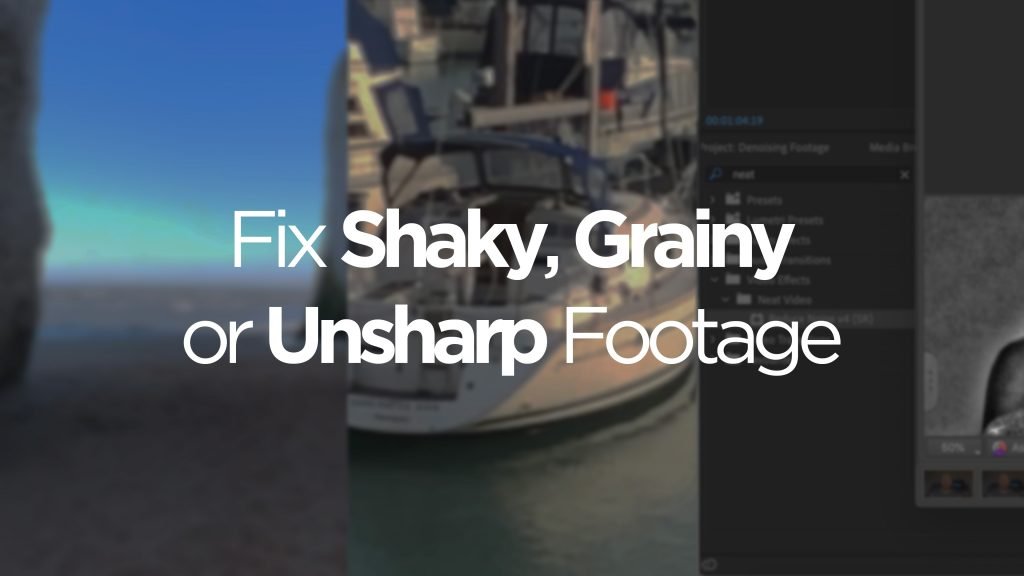
Pingback: Two Storage Solutions to Optimize Your Growing Post-Production Team -
Pingback: After Effects CC 2020 - What Are The New Features? -